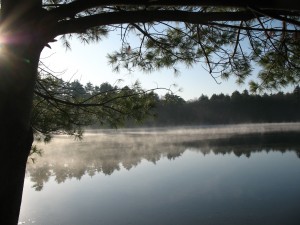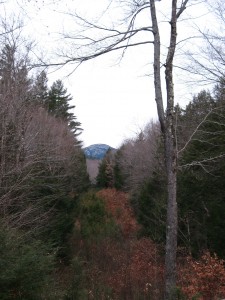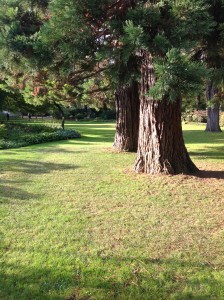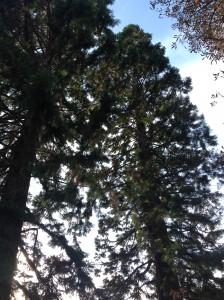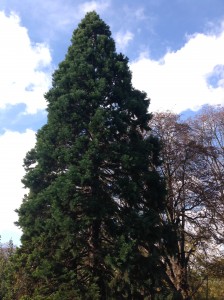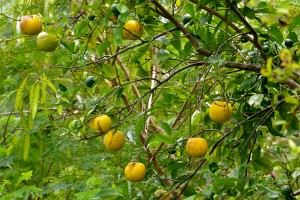For me November has always brought the advent of sight’s season, especially in the woods; often, what has been hidden by leaves – a burl, a nest, an old sign – comes clear. And the long-boned outlines of the land also appear. Then, there is the thin transparency of November’s light; on a cloudless day, it is the clearest glass. Yes, the span of daylight is short, but vision’s length and depth more than compensate for that.
The other day, I was poking around in Thoreau’s November Journal writings, figuring that he too might have found revelation in the month’s light, when I came upon this:
Day before yesterday to the Cliffs in the rain, misty rain. As I approached their edge, I saw the woods beneath, Fair Haven Pond, and the hills across the river, — which, owing to the mist, was as far as I could see, and seemed much further in consequence. I saw these between the converging boughs of two white pines a rod or two from me on the edge of the rock; and I thought that there was no frame to a landscape equal to this, — to see, between two near pine boughs, whose lichens are distinct, a distant forest and lake, the one frame, the other picture. In November a man will eat his heart, if in any month. Journal, 11/1/52.
A different sort of November day, to be sure, but no less lovely in its grays and greens and browns. Here too was Thoreau in the museum of his vision, finding “frames” for the “pictures” hung liberally there. He walked his woods with no less reverence than the slow, heel-clicking strides of museum-goers as they cross polished stone floors and contemplate painters’ visions.
But what stopped me was the final sentence in this passage – what does it mean to eat your heart? And what in November might incline one that way?
It’s common enough to say “Eat your heart out,” when we think we have something others want. Well, okay, but envy seems unrelated or a small reading of Thoreau’s sentence. Somehow, I thought, it is the unequaled nature of the “frame” that triggers his observation. And the image of Thoreau stopped near the edge of the Fairhaven Cliffs, looking at this loved landscape came clear to me. There he was, and here I was, looking through his eyes at a landscape hung just so; here, contained by the lichened boughs, was the best world, a world to swell your heart.
For a while I could live on that expansive vision, in that framed, chosen world. Perhaps feeling such affectionate surplus is what it means to eat one’s heart.
But you may see through other eyes, see it otherwise. If so, let us know.

